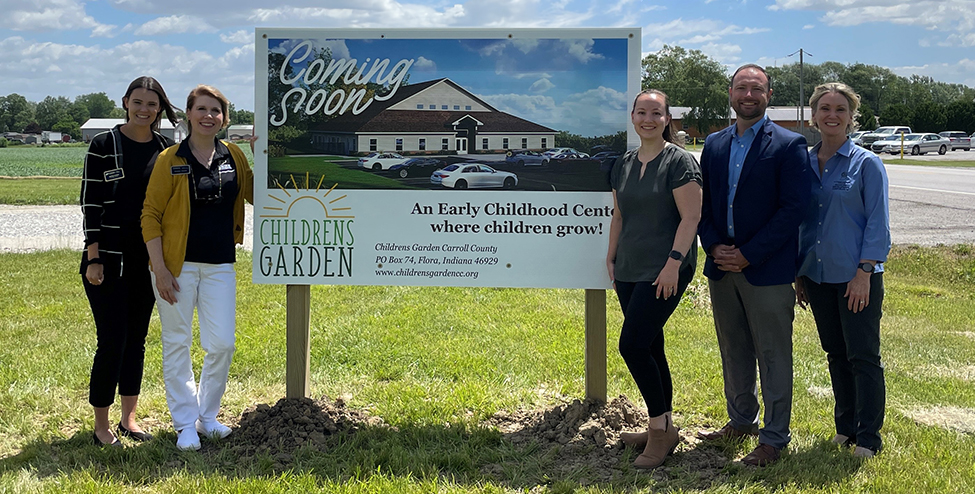Life Expectancy in Hoosier Neighborhoods

A recently released dataset (compiled using 2010-2015 data) developed by the Centers for Disease Control, the Robert Wood Johnson Foundation and the National Association for Public Health Statistics and Information Systems looked at life expectancy at birth at the neighborhood or census tract level.
The map below shows Hoosier neighborhoods colored by their life expectancy at birth.
Lighter color indicates a lower life expectancy while a darker color indicates a higher life expectancy. Neighborhoods, where life expectancy is 75 years or less at birth (light color), exist all over the state but more so in Marion, Orange, Washington, and Starke counties.
Other counties show neighboring tracts with low life expectancy (75 years or less; light color) and high life expectancy (85 or more years; dark color) such as Tippecanoe and Wells counties.
The table below shows the number and percentage of Indiana tracts grouped by life expectancy at birth. Close to one-fourth or 1.5 million of Hoosiers as of 2016 lived in low life expectancy neighborhoods (75 years or less) versus only two percent or about 130,000 in high expectancy neighborhoods (85 or more years). Moreover, of those living in low life expectancy neighborhoods, more than 90 percent were in urban communities.
Lastly, there is an almost thirty-year life expectancy at birth difference among Hoosier neighborhoods. Hamilton County had the neighborhood with the highest life expectancy with 90 years while Vanderburgh County had the neighborhood with the lowest life expectancy with 62 years.
More research needs to be conducted to understand the differences in life expectancy, that even contrast between neighboring tracts in the same county. What is clear is that the majority of those with a lower life expectancy at birth resided in urban neighborhoods.

Roberto Gallardo is the Vice President for Engagement and an Associate Professor in the Agricultural Economics Department. He holds an electronics engineering undergraduate degree, a... read more




